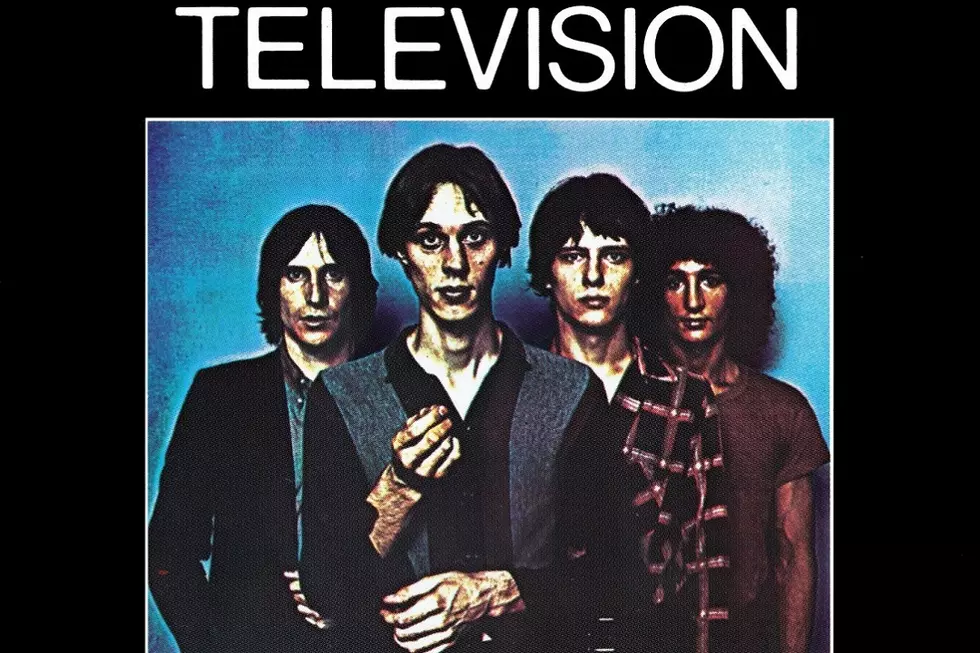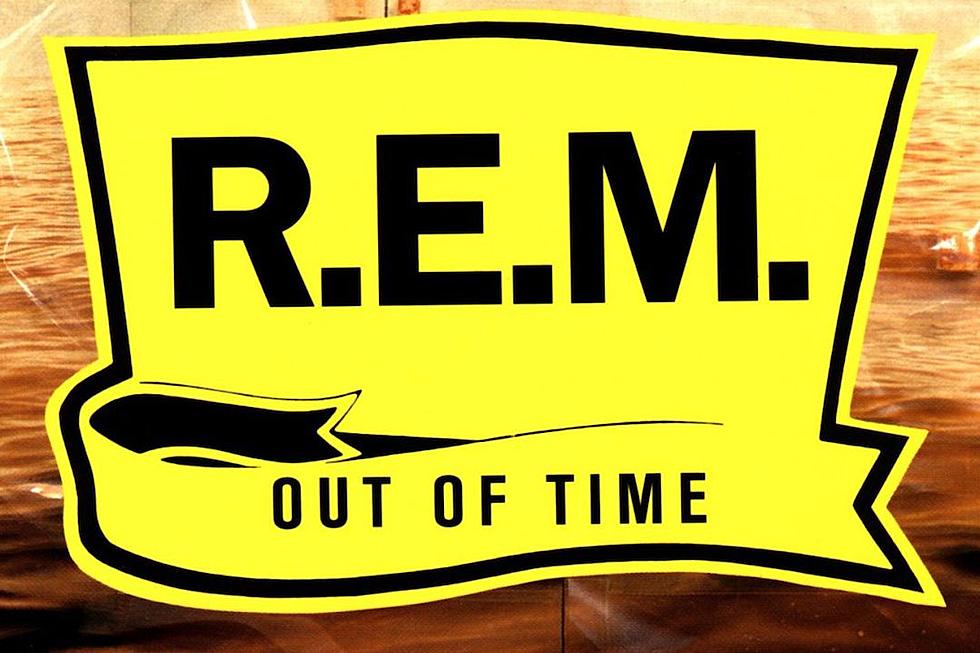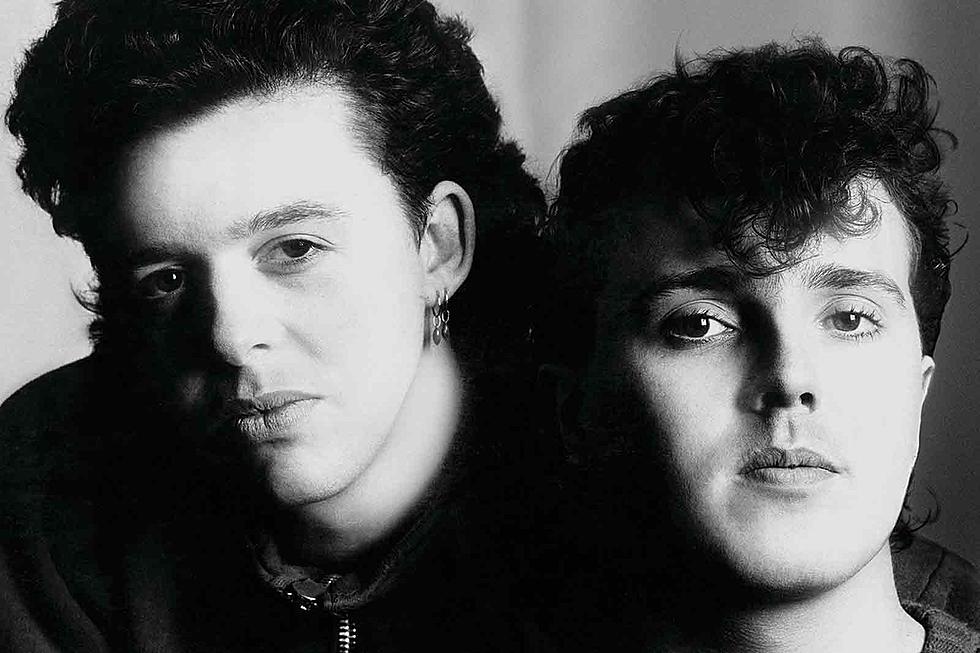Howard Jones Talks ‘One to One’ Turning 30: Exclusive Interview
On Oct.13, 1986, Howard Jones released his third album, One to One. The record reached stores a little over three months after a re-recorded version of Dream Into Action's "No One Is to Blame" landed at No. 4 on the Billboard singles charts and became his biggest U.S. chart hit. That song—which was produced by Hugh Padgham and featured Phil Collins on drums and backing vocals—also appeared on 1986's Easy Action EP and as a bonus track on the CD version of One to One.
As always, however, Jones found himself determined to push his sound and approach forward on this new full-length. That involved working with producer and arranger Arif Mardin, who had previously worked with dozens of greats (including Aretha Franklin, Bee Gees, Hall & Oates). "I really loved what he did with Chaka Khan and Scritti Politti," Jones said in the liner notes to the expanded version of One to One. "When I knew I would be working with Arif, I wanted each song to be different, to have different styles and atmospheres. When it came to the vocals, Arif really pushed me and made me sing in a soulful way."
With his guidance, Jones enlisted a slew of well-regarded musicians—such as guitarist Reb Beach, future Tom Petty & the Heartbreakers drummer Steve Ferrone and the legendary Nile Rodgers (who added guitar to “Don’t Want to Fight Anymore")—to augment his keyboard work and technology experimentation. The results certainly had a contemporary edge: "The Balance of Love (Give and Take)" was a pleasing nod to mid-'80s funk/R&B, while the brisk single "You Know I Love You…Don't You?" features horn stabs and "Don't Want to Fight Anymore" took cues from early hip-hop. Yet Jones was also exhibiting more musical sophistication, between the soulful ballad "Will You Still Be There?" and the lovely, somber fan favorite "Little Bit of Snow"; the latter features Jones playing piano, Mardin's string arrangements and vibraphone from jazz icon Gary Burton. In hindsight—and when placed in context with Jones' other records—One to One feels like a turning point in his songwriting and the way his sound expanded.
Jones recently checked in from England to chat about One to One, weeks before he heads back out on the road for more tour dates that will see him visiting Australia and U.S. before the end of 2016.
Going into the record, what were you looking to accomplish?
It was the third album. I’d made the first two with Rupert [Hine] so it was just very exciting for me to work with a legend like Arif, from his background of working on some of the greatest pop records ever. To be produced by him was amazing. We did some of it in New York as well, so we used amazing American [session] musicians. I had just gotten a Fairlight [CMI] as well, so I was desperate to use that and push the technology. It felt like I had no reason to move away from Rupert, because he was brilliant to work with and basically taught me how to make records, but it was a chance for me to learn even more from a very different kind of producer. It was great making that record.
Watch the Video for "You Know I Love You...Don't You?"
You utilized more experimentation with sampling on that record. How specifically did that technique influence the music?
My whole background had come from wanting to do things differently. I started off as a one-man electronic band. I did not want to follow the path of my idols. I wanted to do something different. I was a keyboard player, so I was fortunate to be around at the time when keyboards and synthesizers were becoming available in your local music shop and affordable, just about. So I’ve always had that as part of my [mission] as an artist, that I would always try and push things and do things differently.
When I’d made the first two albums with Rupert, and we’d used a lot of the sampling that was available then, and the synths and the [Yamaha] DX-7 and the [Roland] Jupiter 8, it was made based around my live show, which was a bunch of synthesizers and drum machines all running. The Fairlight—when I bought one, it was unbelievably expensive. I definitely wanted to use it, and we were sampling everything. We had this guy come over from the U.K., because we were recording the first part of the album in Ireland and Dublin. He had these instruments called bullroarers, which are these amazing things that you whirl around your head and they make this fearful sound, you know, really quite a scary sound. So I brought him over to the studio and we sampled in stereo, those amazing things whirring around his head. It was trying to do things that hadn’t been done before, and that really was always my thing.
As well as that, we worked with the most incredible musicians. Nile Rodgers played on the album and it was just a wonderful experience to be working with one foot in technology and then also with amazing players.
What did all of the collaborators then really kind of bring for you, what was the most gratifying thing about that? Because yeah—besides Nile, Reb Beach plays on it, Steve Ferrone does. There are a lot of amazing players on that album.
You know, I was just going with Arif’s recommendation. Because I’d done all of the programming side of it and then we wanted to enhance everything, with brass sections and get guitars in and also backing vocalists as well. For me, it’s my third album, I’m still learning and I’m still absorbing, you know, how do you make great records? And how do you put all of these things together? So I was just going with it and the record company were really behind that record as well.
I know that the single version of “No One Is to Blame” was on the CD version of One to One. How did you come to work with Phil and Hugh—how did they get involved with the re-recording of the song then?
I had worked with Phil, because we had done quite a lot of the Prince’s Trust concerts here in the U.K. to raise money for the Prince’s charity. I got to know Phil and he got to know me as a musician as well. I really thought that song, as good as it was on Dream Into Action, that it really could be more sort of radio-friendly, and a different version could work. He loved the song, so over a couple of weekends at Genesis’ studio, we put it together. And you know, it just worked right from the start. It was just not a problem making that record. It was the easiest record I’ve ever made, bizarrely.
Watch the Video for "Don't Want to Fight Anymore"
And it was your biggest U.S. hit too. That’s always nice too, when it’s easy to make and people like it.
Yeah, that’s right. The fans though, still prefer the original version on Dream Into Action. That’s always their favorite version of the song, which is interesting, because it’s a much darker version of it.
That’s probably why then, because it’s darker. I like both versions. I see the plusses and minuses of both.
Yeah, same with me. I like both, too.
The song was released on the Action Replay EP and that was before One to One came out. Is that kind of how it worked then—that the song was re-released, it started gaining popularity, and the record company put out an EP? Is that the chronology?
I think what happened, if I remember correctly, we were making the One to One album, but “No One Is to Blame” had been released and it was doing incredibly well at radio. That was going on, so we decided to include it. I’m not sure which came first, whether Action Replay came first or the One to One album. Because it’s on the One to One album as well, isn’t it?
Yes…
It’s not the sort of detail I’m particularly interested in. [Laughs.]
Thirty years later, people can say whatever they want on the internet, so I figured, "Maybe he knows! I’ll go to the source."
[Laughs.] Yeah.
Watch the Video for "Little Bit of Snow"
I love the song “Little Bit of Snow” too. It’s so striking, not the least because there were also string arrangements. Tell me a little bit about that song, what you recall about it.
I remember playing the song to Arif in the studio in Dublin. It was Windmill Lane, which I think was U2’s studio. You know, he loved the song and the fact that it was in three time and it was really very different to a lot of the other tracks on the album. Also, it gave him a chance to do a string arrangement, which I really wanted Arif’s contribution on that. And then he had the idea that we could add vibes to it. And he knew everyone, so he got Gary Burton in to play when we moved to New York and that’s a beautiful addition to the track.
It’s one of the songs that the fans really want me to play live. I haven’t had the opportunity yet to do it. It just never feels like the right thing to do. But I will eventually -- it would be a very different version, because I wouldn’t be able to have the strings, I wouldn’t be able to have the vibraphone [and all of that] amazing playing.
I think that would be kind of a beautiful denouement to the set, especially if you did it during a solo piano show or something like that.
Yeah, actually it would work on the piano solo shows. I’m doing some more of those next year, so I might try and work that for that occasion. It's probably number one on the list [people want to hear], because I’ve never played it live.
Looking back then, is there anything you’d do differently surrounding One to One? Is there anything about the record or the experience you wish you had a do-over on?
The only thing that I would say in retrospect is that I could have realized a bit more about the legends that I was working with. [Laughs.] You know, as a young person making their third record, you don’t. Now, 30 years later, I’ve realized working with Arif Mardin was an insanely amazing chance and opportunity.
And to sort of really trust them all, because I was so used to having to drive everything myself and make things happen. I was a solo artist and nobody even understood technology when I started out. You know, people didn’t get it. They thought it was music that made itself and so I was quite protective of my own sound and the way I wanted it to be. I think if I was going to have a word with my younger self, I think I would have said, “Let’s just relax—let this guy work his magic with you. He’s a producer genius. I think that’s probably what I would say.
But you know, you’re right, when you’re that age and you do have that DIY mindset, you can’t tell yourself anything.
Exactly.
The Best Albums of 1986
More From Diffuser.fm









